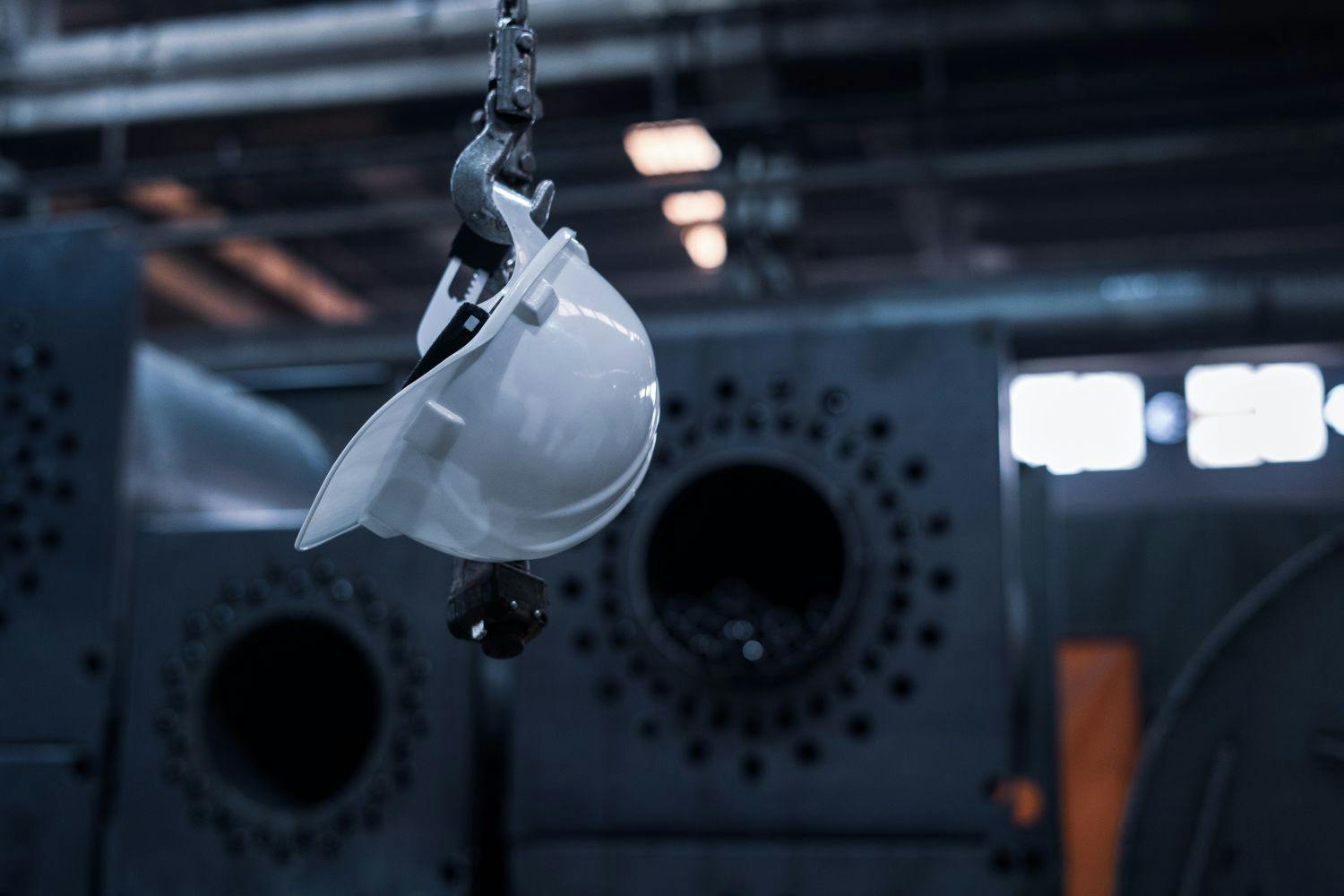First published on Thursday, February 17, 2022
Last updated on Friday, September 12, 2025
As an employer, you have a responsibility to make sure your workplace is as safe as possible.
Accidents at work can happen, but how you respond to these incidents should be one of your main priorities when it comes to workplace safety. Failure to do so could lead to an employment tribunal, and potential compensation to pay.
In this guide, we’ll discuss what causes accidents whilst working, how to avoid them, and, how to report them correctly.
What is an accident at work?
An accident is a sudden and unplanned event that causes injury or damage. While you can’t eliminate the possibility of accidents, you can take responsible precautions to minimize the risk.
What causes accidents at work?
No matter how safe you think your workplace is, there are many potential causes of accidents. You need to be aware of what causes accidents whilst working:
- Using incorrect manual handling and heavy lifting techniques.
- Poor lighting throughout the site.
- Slippery floors, incorrect footwear, and a messy workplace can cause trips and falls. This is the most common workplace injury in Canada.
- Employee suffering physical or mental stress from overworking or burnout.
- Employees becoming complacent using certain pieces of equipment.
- Lack of proper training, PPE, and the correct tools.
How to avoid accidents in the workplace
Although accidents at work are sometimes unavoidable, they’re many ways in which you can improve your accident safety. You need to be seen as being proactive when it comes to avoiding accidents whilst working.
Your workplace will become safer by implementing the following:
- Encourage employees to report any potential hazards they see and who to report them to.
- Educate your employees about risks and ensure you provide the correct training. Make sure this training is documented and signed off following completion.
- Provide the correct protective equipment and PPE. Make sure you research which ones give the best protection, it’s important you don’t take any shortcuts.
- Make sure you aren’t understaffed or overworking your current staff. Burnout could lead to an increase in accidents.
- Monitor any safety measures implemented on a regular basis and provide refresher training for employees.
- Carry out annual workplace risk assessments to identify any potential hazards.
As an employer, you are legally required to record and report any workplace injuries that occur.
Why is it important to report accidents in the workplace?
How you deal with any accidents at work is crucial. If you deal with them correctly, it’ll increase your employee’s confidence in you. A negative reaction could lead to a decrease in confidence, morale, and productivity.
It can also help to reduce lost-time compensation claims. Negligence or non-compliance to health and safety laws can lead to heavy fines, prosecution, and even closure of the business.
More information can be found on the Canadian Centre for Occupational Health and Safety website.
You must make note of accidents on a work related accident report. This doesn’t only help you get a better understanding of why it happened but can also provide evidence if an employee takes it further
How to write an accident report at work
The purpose of an accident report is to find out why and how an accident occurred. You need to make sure it’s a formal recording of the event, to prevent further incidents.
Make sure you include the following:
- Type of event (injury, accident, or a near-miss).
- Date, time, and people involved in the incident.
- A description of the incident.
- Any injuries suffered, and which treatments were required.
- Witness names, statements, and any other workers involved. Your accident report needs to be completed as soon as possible; this increases its accuracy.
Get help with your accident management today with BrightHR
Keeping your employees safe from any potential accidents and injuries in the workplace is vital. Ensuring proper training, tools, and equipment can help to keep your employees safe. Not keeping your staff safe can land you with compensation to pay.
BrightHR has a range of tools that can help keep your workforce safe. Our BrightSafe online health and safety software allows you to manage workplace accidents and reports incidents.
Contact us on 18882204924 or book a demo today.

